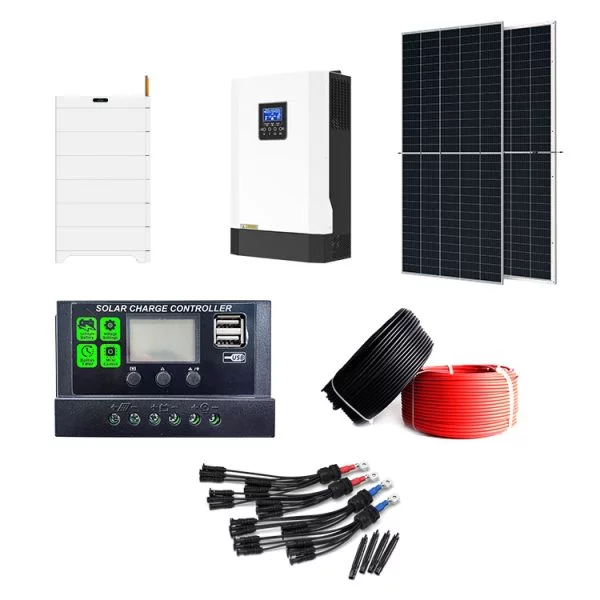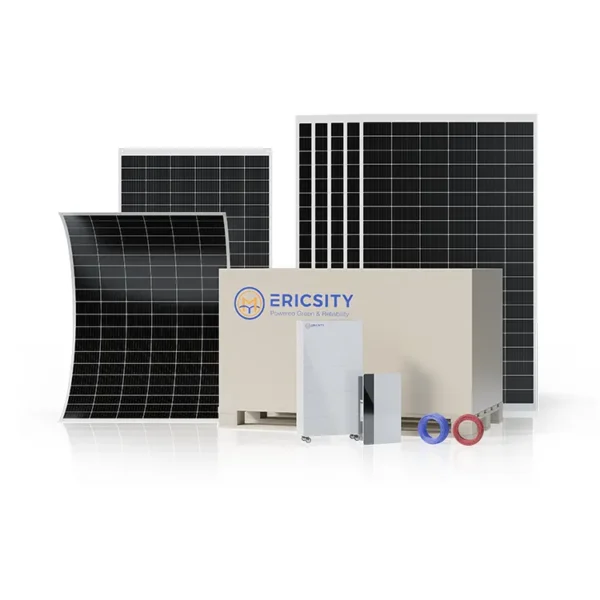HOT PRODUCT
Product Details
Monocrystalline Marvels: Exploring 175 Watt 12 Volt Flexible Solar Panels
Monocrystalline Marvels: Exploring 175 Watt 12 Volt Flexible Solar Panels
Solar energy has emerged as a game-changer in the renewable energy sector, offering clean and sustainable power solutions. Among the various advancements in solar technology, monocrystalline solar panels have stood out for their exceptional efficiency and durability. In recent years, the emergence of flexible solar panels has added a new dimension to solar power systems. In this article, we delve into the world of monocrystalline marvels, particularly focusing on 175-watt 12-volt flexible solar panels.
Monocrystalline solar panels are renowned for their high energy conversion efficiency. These panels are manufactured using a single crystal structure, usually made of silicon. This purity and uniformity of the crystal structure result in better electron flow, maximizing the generation of electricity from sunlight. Compared to other solar panel types, such as polycrystalline or thin-film, monocrystalline panels offer the highest efficiency levels, making them an ideal choice for those seeking to maximize their solar energy output.

The advent of flexible solar panels has opened up new possibilities for solar power utilization. Unlike traditional rigid panels, these flexible counterparts can be bent and curved to fit various surfaces. This flexibility allows for easy integration into unconventional spaces, such as curved roofs or vehicles. Moreover, their lightweight nature makes them suitable for portable applications, such as camping or outdoor activities. Whether you want to charge your RV, boat, or even power your military operations, flexible solar panels provide a versatile and convenient solution.

Now, let’s explore the specifications and features of 175-watt 12-volt flexible solar panels. With a power output of 175 watts, these panels can generate significant electricity, sufficient to power various small to medium-sized appliances and devices. The 12-volt system is commonly used in off-grid applications, providing electricity to remote locations or recreational vehicles.


These panels typically consist of monocrystalline silicon cells encapsulated in a durable and weather-resistant polymer material. This construction ensures the panels’ longevity and enables them to withstand harsh weather conditions, including rain, snow, and wind. Furthermore, the flexibility of these panels allows for easy installation on uneven or curved surfaces, expanding the possibilities of solar energy utilization.
When it comes to efficiency, 175-watt 12-volt flexible solar panels showcase impressive performance. Thanks to their monocrystalline structure, these panels can convert a high percentage of sunlight into usable electricity. This enhanced efficiency translates into more power generation, even in low light conditions. Therefore, they are ideal for regions with inconsistent sunlight intensity or during cloudy days when traditional panels might underperform.
Additionally, these panels often come with built-in bypass diodes. These diodes prevent power loss caused by the shading effect of specific cells or modules. As a result, the overall performance of the flexible solar panels remains optimal, ensuring a higher energy yield and better system reliability.
In conclusion, monocrystalline solar panels, specifically the 175-watt 12-volt flexible variants, offer numerous advantages for solar power enthusiasts. Their high energy conversion efficiency, durability, and flexibility make them a top choice for various applications, from residential rooftops to off-grid systems and portable setups. With their ability to adapt to unconventional surfaces, these panels unlock new possibilities for solar energy integration. As the world continues its transition towards a cleaner and greener future, monocrystalline marvels like these flexible solar panels will undoubtedly play a crucial role.




